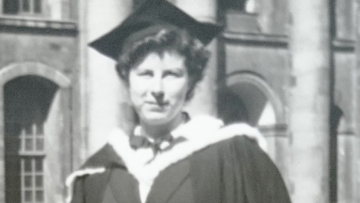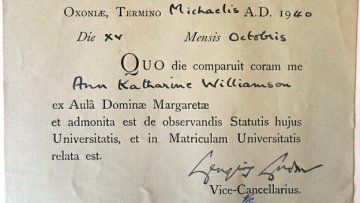A topological approach to synchronization leads to explosive transition
Abstract
Synchronization is a collective phenomenon that pervades the natural systems from neurons to fireflies. In a network, synchronization of the dynamical variables associated to the nodes occurs when nodes are coupled to their neighbours as captured by the Kuramoto model. However many complex systems include also higher-order interactions among more than two nodes and sustain dynamical signals that might be related to higher-order simplices such as nodes of triangles. These dynamical topological signals include for instance fluxes which are dynamical variables associated to links.
In this talk I present a new topological approach [1] to synchronization on simplicial complexes. Here the theory of synchronization is combined with topology (specifically Hodge theory) for formulating the higher-order Kuramoto model that uses the higher-order Laplacians and provides the main synchronization route for topological signals. I will show that the dynamics defined on links can be projected to a dynamics defined on nodes and triangles that undergo a synchronization transition and I will discuss how this procedure can be immediately generalized for topological signals of higher dimension. Interestingly I will show that when the model includes an adaptive coupling of the two projected dynamics, the transition becomes explosive, i.e. synchronization emerges abruptly.
This model can be applied to study synchronization of topological signals in the brain and in biological transport networks as it proposes a new set of topological transformations that can reveal collective synchronization phenomena that could go unnoticed otherwise.
[1] Millán, A.P., Torres, J.J. and Bianconi, G., 2019. Explosive higher-order Kuramoto dynamics on simplicial complexes. Physical Review Letters (in press) arXiv preprint arXiv:1912.04405.




